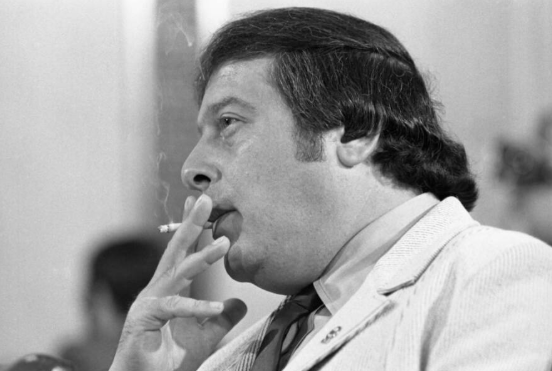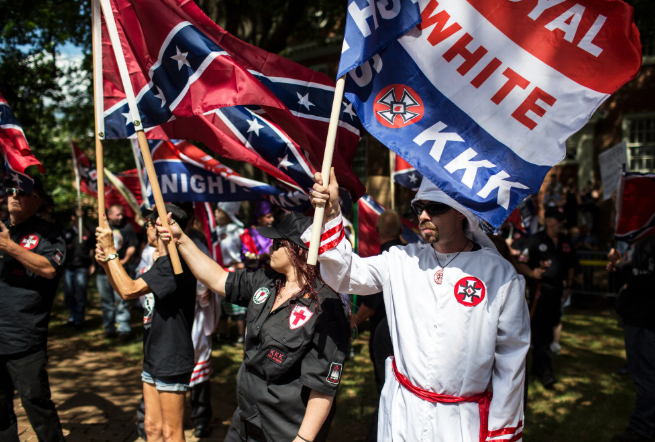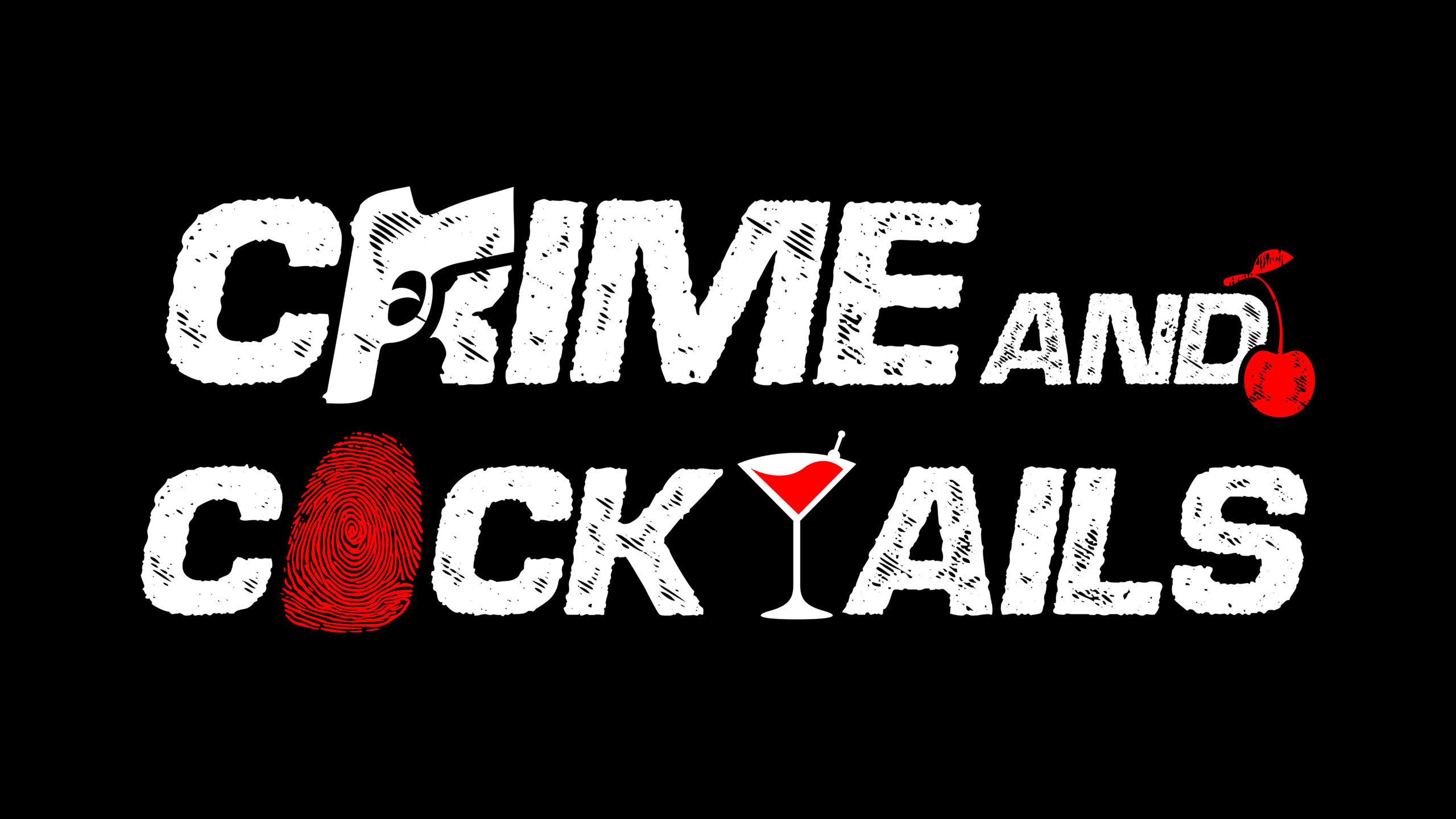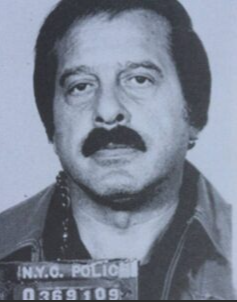In the summer of 1964, Mississippi became a graveyard of lies, hate, and twisted faith. Three civil rights workers—James Chaney, Andrew Goodman, and Michael Schwerner—were abducted, executed, and buried by the Ku Klux Klan. The killers called themselves God-fearing men. They claimed to be righteous crusaders. But their gospel was hate, their scripture violence, and their church a mob armed with shotguns and rope.
The FBI threw everything it had at the case, but Mississippi’s soil was hostile ground. Local sheriffs and judges shared Sunday sermons with Klansmen. Juries turned blind eyes. Witnesses vanished into silence. The Klan’s power didn’t just come from hoods and guns—it came from the pulpit. They told themselves their hate was holy.
When the law failed, the Bureau turned to someone who had no use for pulpits: the Mafia.
The Grim Reaper vs. the Cross-Burners
Gregory Scarpa Sr., a Colombo family enforcer known as The Grim Reaper, was not a man who quoted scripture. He quoted bullets. He had carved out a career in New York with a .38 in one hand and extortion money in the other. But in Mississippi, he was transformed into an unlikely hammer of justice.
Flown in by the FBI, Scarpa did what polished investigators couldn’t. He snatched up a Klansman, shoved a revolver against his skull, and promised a shallow grave if he didn’t talk. Within hours, the Klan’s holy silence cracked. The informant spilled the secret: the three missing workers had been buried in an earthen dam on Olen Burrage’s property.
Days later, agents pulled their decomposed bodies from the dirt. Justice—such as it was—came not from prayers, but from the mobster’s gun.

When the Mob Outshined the Cross
The irony was thick. The Klan preached that they were defenders of God, law, and country. But when their holy empire of terror collided with federal impotence, it was the Mafia—an organization built on crime, extortion, and murder—that got the job done.
For the mob, the Klan was bad business. Chaos brought heat, and heat drew the FBI. The Mafia thrived on silence and order; the Klan thrived on blood and fire. In some twisted way, the mob was more pragmatic than the preachers. The Klan killed for hate. The Mafia killed for profit. And profit, at least, had rules.
Saints of Hate
The Klan’s violence stretched far beyond Mississippi. They saw themselves as holy warriors:
- In 1963, the 16th Street Baptist Church in Birmingham was bombed, killing four young girls in their Sunday dresses. The bombers called themselves protectors of faith.
- That same year, Medgar Evers was shot down in his own driveway by a Klansman who prayed before he pulled the trigger.
- Across the South, crosses burned on lawns, bullets tore through windows, and dynamite ripped apart homes—all in the name of Christ.
But their God was just a mirror of their rage. They baptized hate in scripture, convinced themselves it was holy, and hid behind the lie of being “God-fearing men.”
Justice in a Crooked Land
In 1967, seven Klansmen were convicted in federal court—not for murder, but for civil rights violations. Mississippi refused to try them for homicide. It would take forty-one years before Edgar Ray Killen, a Baptist preacher and Klan organizer, was finally convicted of manslaughter.
That was the ultimate hypocrisy: a preacher in a pulpit, preaching salvation by day, and orchestrating murder by night. And still, justice only came decades too late.
Holy Hate, New Masks
The story of Mississippi Burning is not just about the past. It is a reminder that “holy hate” never disappears—it adapts. The robes and burning crosses may be gone, but the venom survives in new uniforms, new platforms, new pulpits. Hate still dresses itself up in scripture. It still claims to be “God-fearing.” It still convinces angry men that cruelty is righteousness.
In 1964, it took the unholy hand of the Mafia to break the Klan’s holy silence. Today, the masks are different, but the creed is the same. Wherever hate wraps itself in the language of God, it grows dangerous. And sooner or later, it destroys its own.



